We can’t control either the weather or the climate in our yards, but we can work to get flowers as early as possible to give a much needed boost after Michigan’s winter.
So what blooms really early — before winter has officially ended — and does anything bloom in the dead of winter?
As I write this, it is late March — just before the main flush of crocuses (though some have started) and other spring bulbs and plants like corydalis, tulips, squills, hellebores, and many others. This is the time for the very earliest bulbs, and a very few other herbaceous plants, though I hasten to add that it is also the season for the winter blooming witch hazels, which, except for showing one below, I won’t mention more — you can’t go wrong with them, and they deserve a write-up all to themselves!

Besides the witch hazels, two plant groups that are out now and can form nice shows even in late winter are, of course, snowdrops, and winter aconites. Snowdrops are just the best! Two main species are grown in this part of the world, the common snowdrop, Galanthus nivalis, in many forms, some weird, and a few only galanthophiles could love and the giant snowdrop, Galanthus elwesii –with fewer forms. Here they are:


How do you tell them apart? Check the flowers below. The common snowdrop has a single green spot near the tip of the inner (tubular) floral parts, while the giant snowdrop has green on both the top and bottom.

There are a few other snowdrops that are occasionally seen — one of the more recognizable ones is Galanthus woronowii, the green snowdrop, with striking broad shiny green leaves. It’s below.
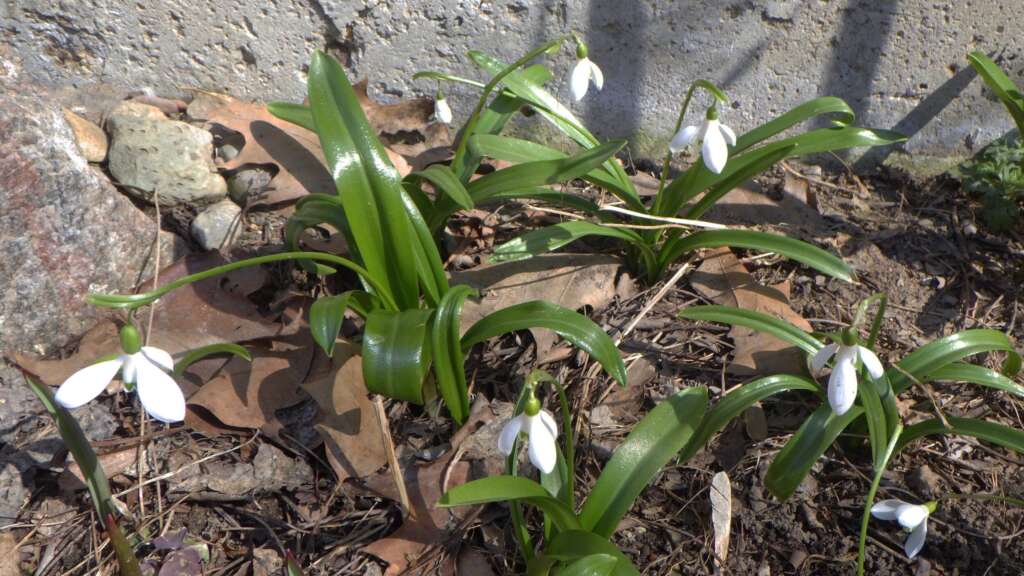
These all will bloom before winter officially ends — and in some years, even in late February.
Now for an additional thing that will bloom (conditions allowing) in the dead of winter, Galanthus elwesii var. monostictus. I wish I had more of this! Below is a picture taken Dec. 24, 2021. A snowfall broke some of the flowers — always a hazard.
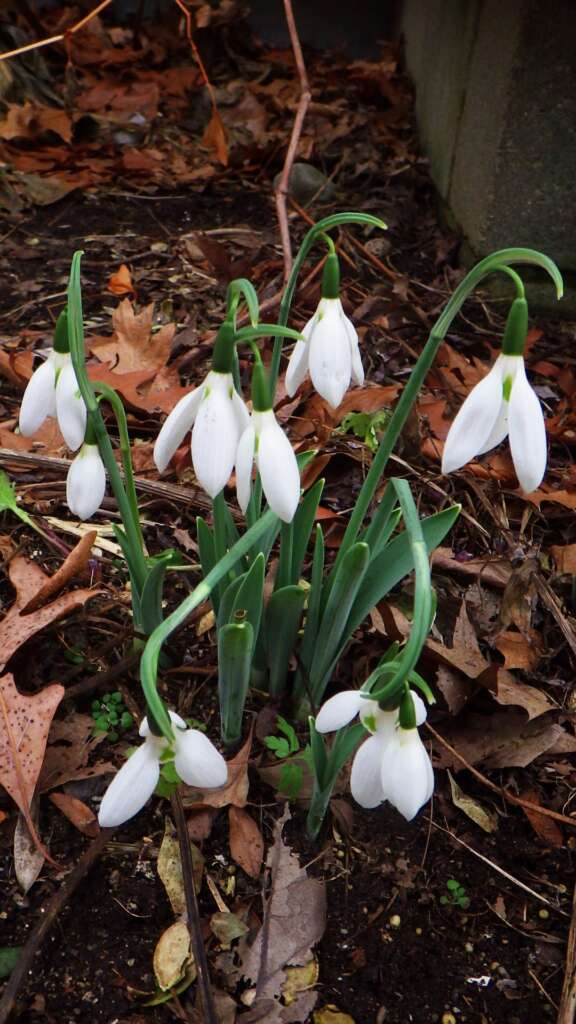
The other well known genus that will bloom before winter officially ends. is Eranthis — the winter aconite. Here, almost all the ones grown are Eranthis hyemalis — also the earliest and easiest. It’s a good spreader for most people — sometimes seeding too readily! Almost everything you see is the typical yellow single — quite nice, and needing no introduction.

There are other color forms, as well a doubles, both yellow and green. A nice one is called ‘Moonlight’– a pale moonlight yellow, below right.
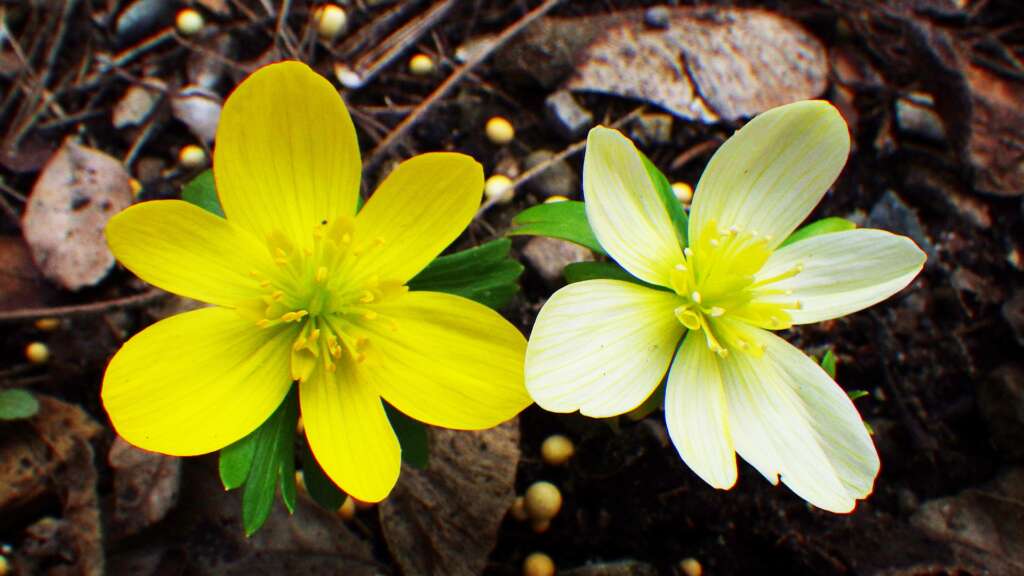
Now there are other Eranthis, and in eastern Asia (China, Japan, Korea and adjacent temperate Asia), there are a number of white flowered species. These are spectacular, but seem more difficult that the yellow species. Below is a Japanese hybrid that reasonably promptly forms a little patch. It is a lovely thing.
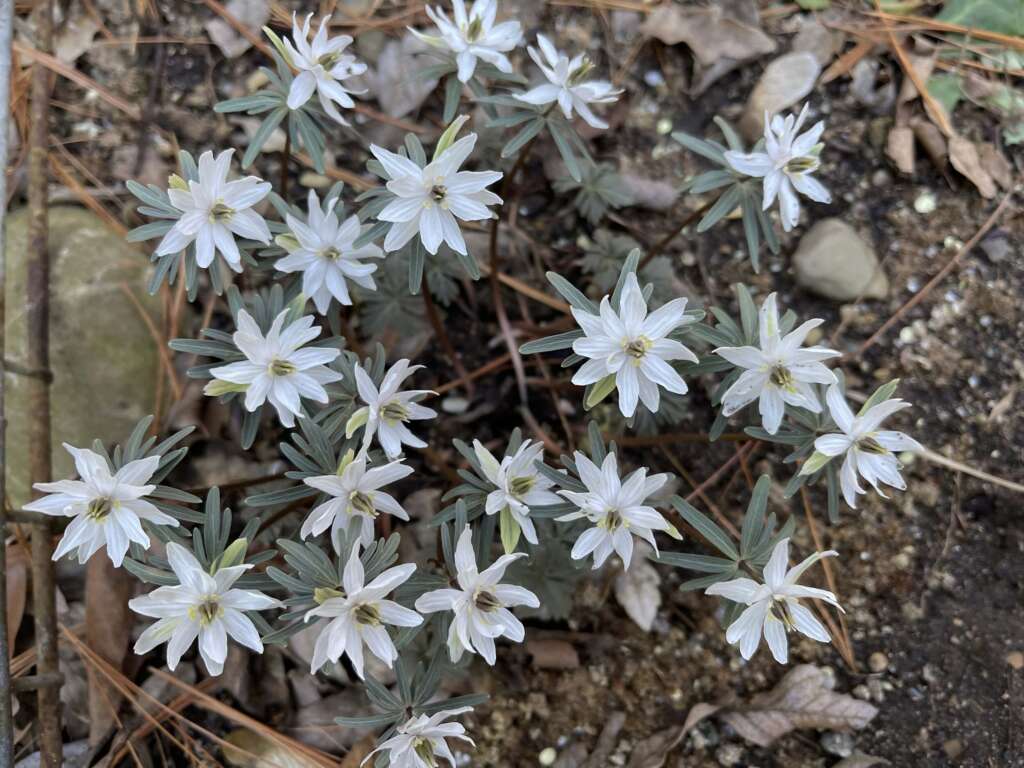
The hybrid is sterile, sadly, which also means that this does not develop the remarkable blue anthers that these have!

Less well known, and a bit fussy, especially to move and divide, are the Asian Adonis species. Especially the cultivar ‘Fukujukai’ will bloom in February in some seasons. Below is ‘Fukujukai,’ the most adaptable and fastest increaser, I think. The flowers are lovely in the sunshine.
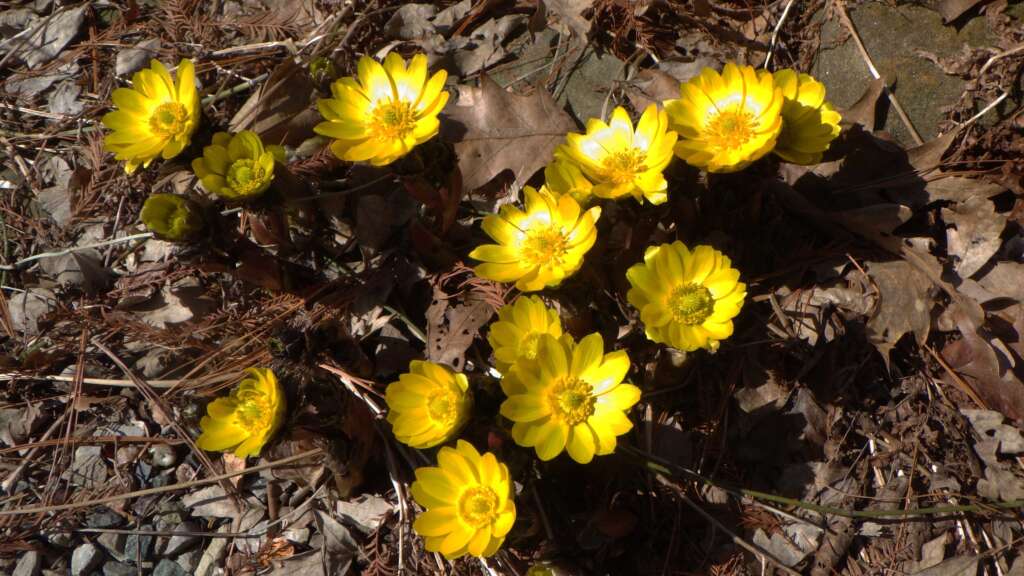
Another one, fussier, but desirable, is the cultivar ‘Chichibu beni.’ In this, the flowers open quite orange, fading a little as they age. They are already now fading. Here are a couple pictures.
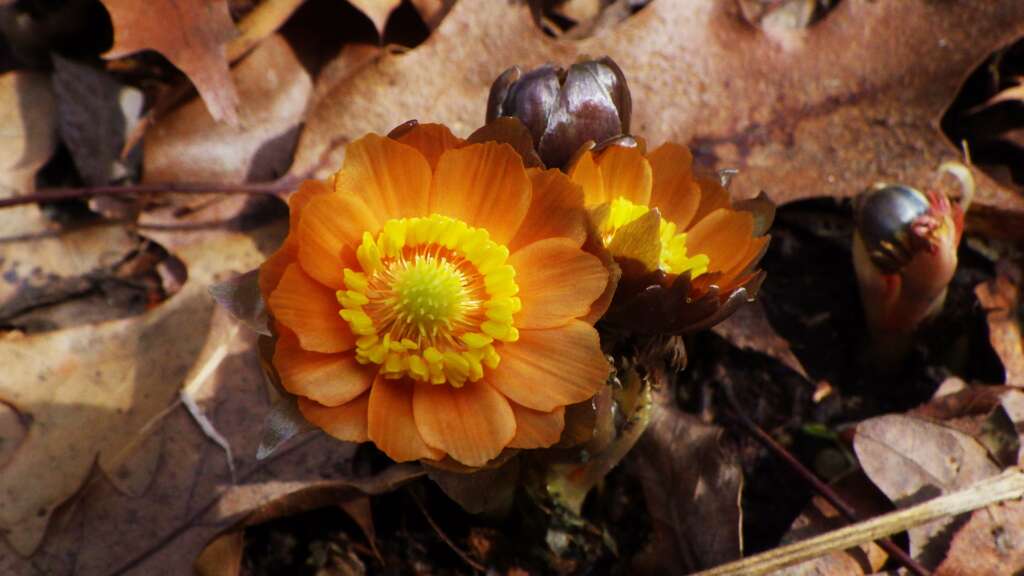
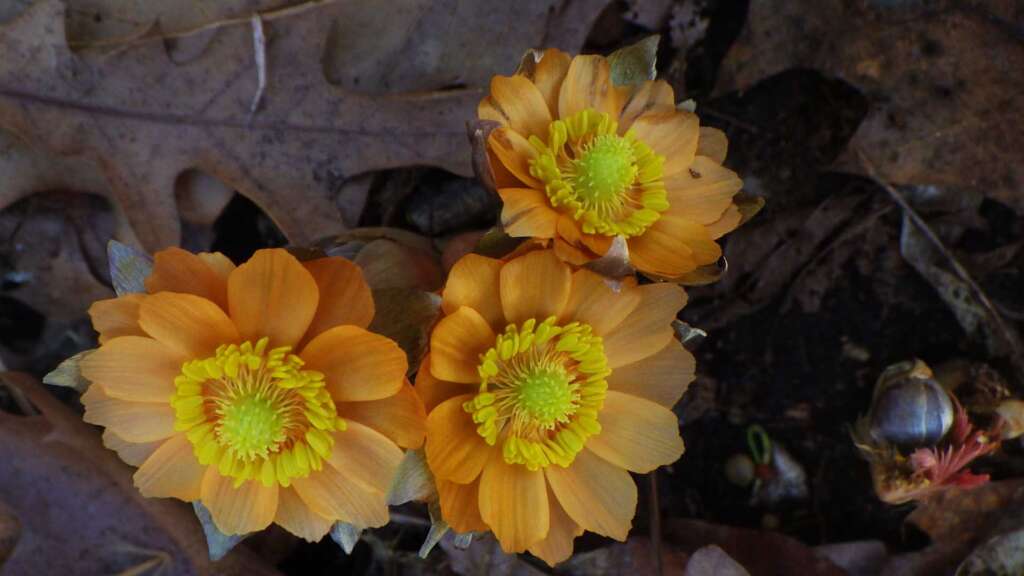
A cultivar with interesting floral form is Adonis ‘Beni Nadeshiko’ It is a bit later blooming perhaps.
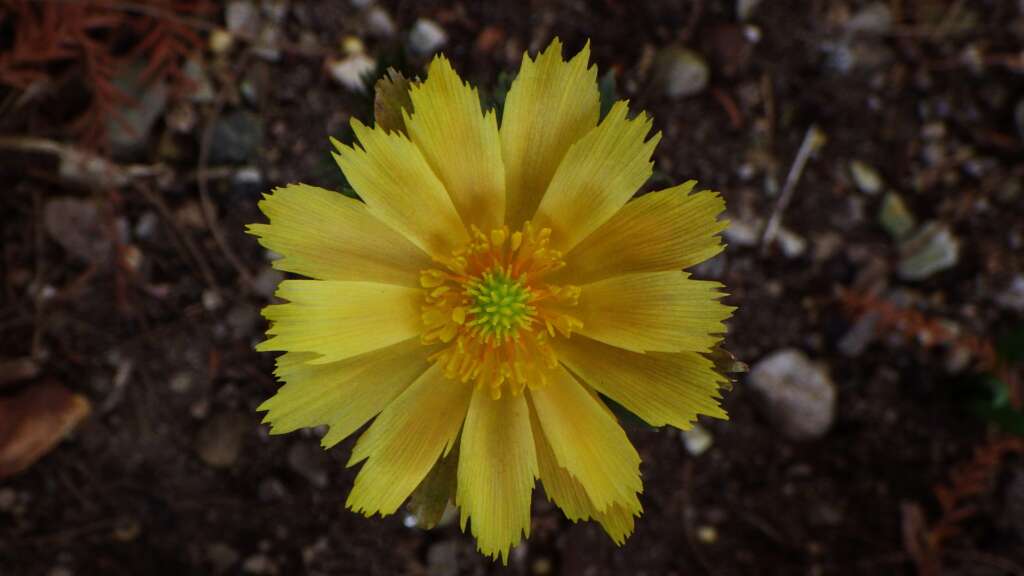
Why are these so expensive? Well, it is because these fancy cultivars are all sterile, presumably of hybrid origin. So all propagation has to be vegetative. I’ve tried to get the parents, which are interesting, but a little less showy, and have managed to establish only one, which I think is Adonis ramosa (I’m not certain — it may be A. multiflora) It’s below, sets fertile seed, and self sows gently. Nice.
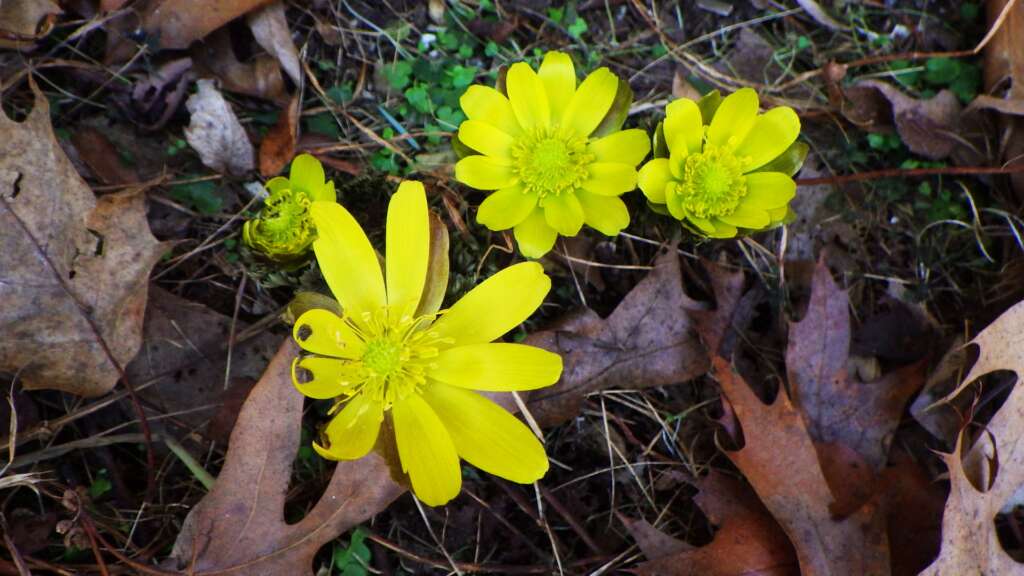
I’d be remiss if I did not mention one other genus, Helleborus. One clone of Helleborus niger, a plant I got years ago from Seneca Hill Perennials as a clone that starts blooming for Thanksgiving, consistently blooms from late fall, through the winter, often peaking in mid-March Now the flowers are fading (which means turning pink). It does not have the largest flowers but as it can bloom in mid winter, that’s pretty nice! So this is the third plant that can bloom for me in Michigan in the dead of winter (the other two being Hamamelis ‘Orange Peel’ and Galanthus elwesii var. monostichus).

Other Helleborus niger are at peak now. Some years (but not this year) Helleborus thibetanus will also bloom before winter is over — I’ve stuck in a photo from last year for fun, of a very nice rich pink. It’s so beautiful, and the leaves have the decency to be deciduous, so you don’t have to choose between cutting them off or looking at ugly, winter damaged leaves!
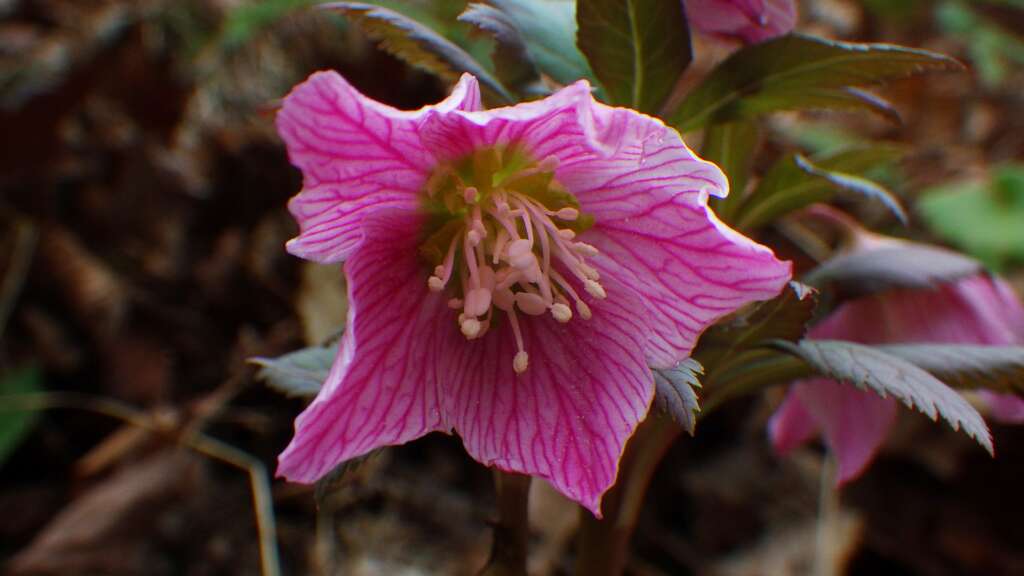
Well, that’s enough — and just about covers most things that will bloom in winter (or at least just before winter is officially over). But let me just add one more thing that is quite surprising — the largest species of the otherwise rather uninspiring genus Chrysosplenium — Chrysosplenium macrophyllum. When I took the picture, last week, it was not quite in bloom — but the bright pink anthers are just fantastic.

Chrysosplenium macrophyllum
This is the only time in the spring when you can just about cover everything in flower — the floodgates will soon open and we’ll be inundated with bloom!
One last note. All these early bloomers respond to a warmth, so you can have considerable influence on flowering time by siting, either hastening it in a warm site, or delaying it in a cool site. You do have to be a bit careful to not push this too far, however, or plants may burn by coming out too soon.

Fantastic images, superbly written, typically Tony!